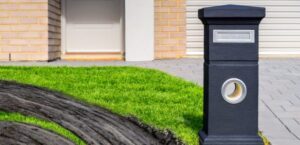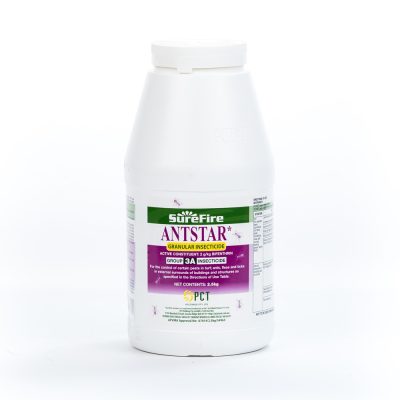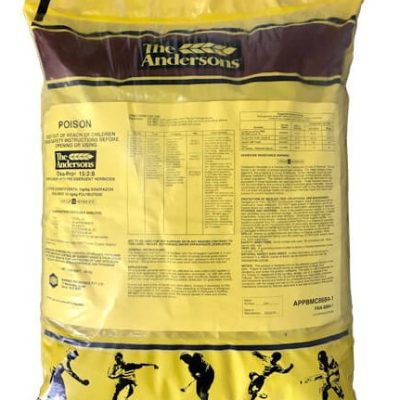Fertilising
Mowing
How to fix Tyre Marks in lawns

Do you have unattractive tyre marks in your lawn? In this blog, we look at a few methods you can use to help repair these, plus tips on how to avoid ruts from occurring.
What causes tyre marks or ruts?
Ruts can occur when objects like cars, motorbikes and even the kids’ bikes move over grass with saturated soil. When this happens, the soil can often sink and become compacted, creating divots.
Assessing the damage
The first step is to assess the damage. Are the ruts only shallow (up to 10 cm deep) or deep (over 10cm deep)? After you have determined this, we can look at the best way to repair it.
Small ruts
Small ruts up to 10cm deep can be fixed by loosening up the soil base below the lawn.
To do this, use a garden fork and insert it underneath the rut. Then pull the fork down, lifting the turf back up. It is best to lift the affected turf a few cm above the unaffected turf so it can level out over the coming days. Continue to do this around the affected area.










 Australia's largest network of turf specialists
Australia's largest network of turf specialists